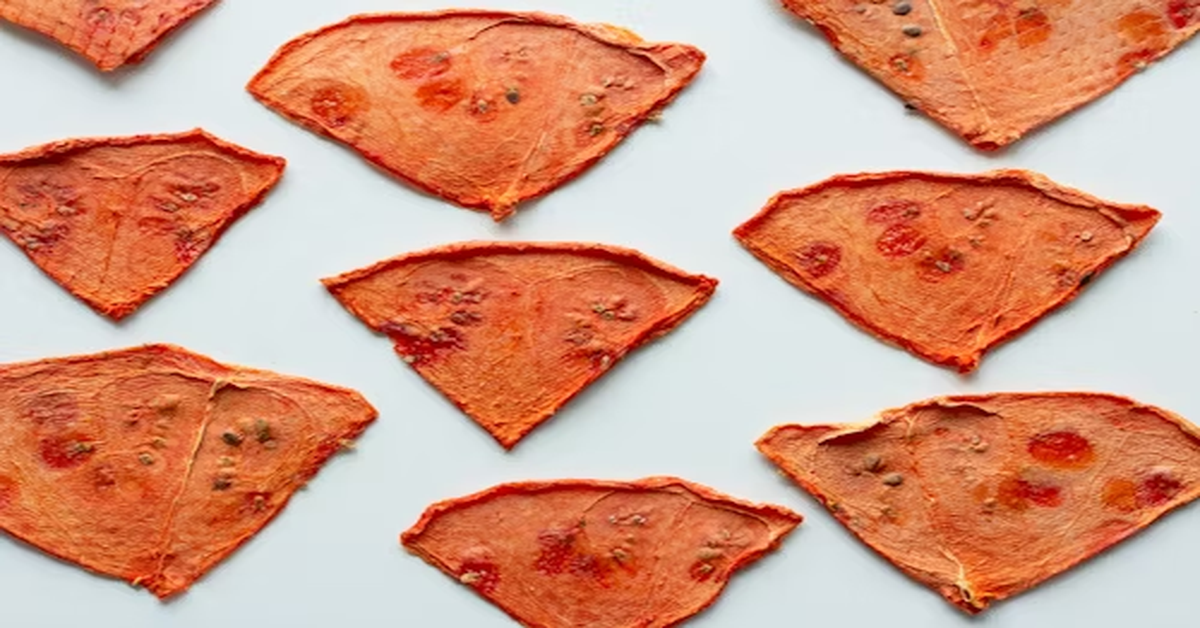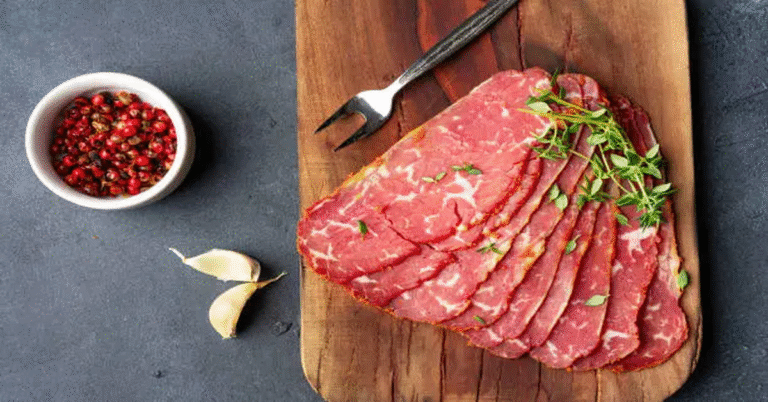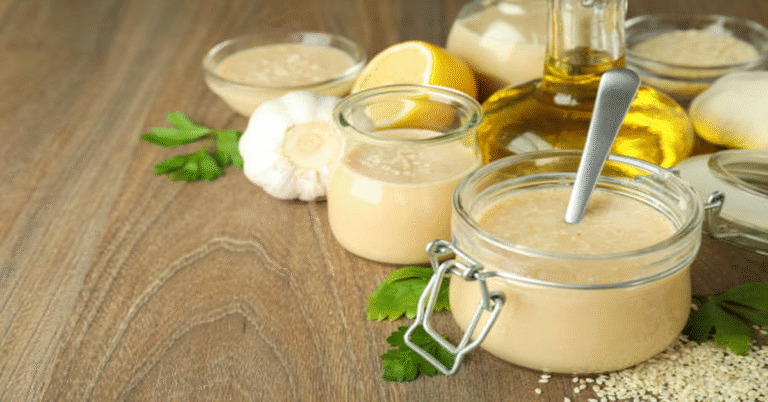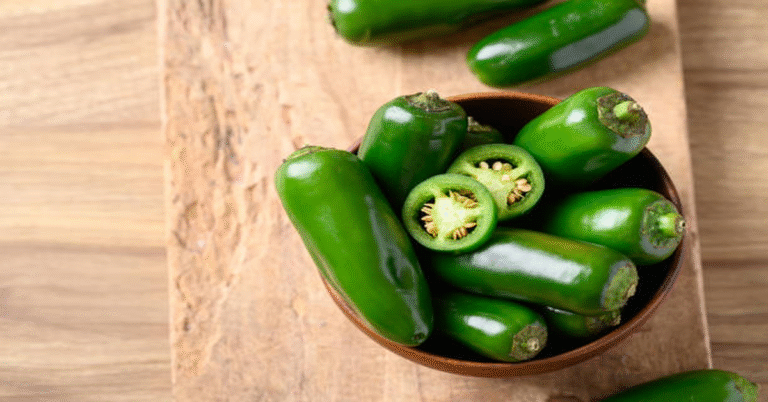
When you hear the words “Hot Cheetos hot,” chances are your mind immediately pictures the fiery red-orange coating that has left countless snack lovers both satisfied and searching for a glass of cold water. Hot Cheetos, officially branded as Flamin’ Hot Cheetos, are among the most recognized spicy snacks in the world. Their bright color, unique crunch, and intense heat make them stand out in the crowded snack market. They are not just chips; they are a cultural phenomenon, a controversial food item in health discussions, and even a source of inspiration for viral trends.
In this detailed article, we will take a journey through everything about Hot Cheetos—how hot they actually are, what makes them taste the way they do, their nutritional content, health concerns, cultural significance, and even their alternatives. Whether you are a loyal fan of their fiery flavor or just curious about the hype, this guide will provide a clear, structured, and detailed perspective.
The History Behind Hot Cheetos
The story of Hot Cheetos goes beyond just being a snack on the shelf. It involves innovation, marketing genius, and cultural influence. Flamin’ Hot Cheetos were introduced in the late 1980s and early 1990s by Frito-Lay, the brand behind the original Cheetos. The goal was to create a spicier variation of the cheesy, crunchy snack that could appeal to a growing audience seeking bold flavors.
The “hot” element became central to the product’s identity, symbolized by the fiery branding featuring Chester Cheetah. The spicy snack quickly found a massive audience, especially among younger generations who enjoyed the thrill of eating something extreme. Over time, Hot Cheetos grew into more than just food—they became an expression of personality, attitude, and culture.
How Hot Are Hot Cheetos Really?
When people talk about how hot Hot Cheetos are, the discussion often becomes subjective. For some, they are unbearably spicy, while for others they provide just the right level of heat. The spiciness in Hot Cheetos comes from a combination of capsaicin (the compound in chili peppers that gives them heat) and various spices added to the seasoning mix.
While Hot Cheetos don’t usually publish an official Scoville Heat Unit (SHU) measurement, food experts estimate their heat level to fall somewhere between 15,000–50,000 SHU, depending on batch and flavor intensity. This places them lower than jalapeños but still hot enough to create a burning sensation for many people.
The heat level also depends on tolerance. Someone who regularly eats spicy foods may find them mildly hot, while someone unaccustomed to spice may experience watering eyes, burning lips, and the urge to drink milk after just a handful.
The Ingredients That Make Hot Cheetos Hot
The fiery taste of Hot Cheetos does not come from a single spice but from a blend of carefully selected ingredients. Below is a breakdown of the major components that create the signature heat and flavor:
| Ingredient | Purpose in Flavor Profile |
|---|---|
| Cornmeal | The base that forms the crunchy texture of Cheetos. |
| Vegetable Oil | Used to fry and create the crispiness. |
| Flamin’ Hot Seasoning | A mixture of spices and artificial flavoring. |
| Capsaicin (from chili) | Provides the heat and burning sensation. |
| Paprika Extract | Contributes both spice and vibrant red color. |
| Cheese Flavor | Balances the heat with savory creaminess. |
| Citric Acid | Adds tanginess and enhances the flavor. |
| Salt | Intensifies flavor and brings balance. |
This combination creates not only the “hot” factor but also the addictive balance of tangy, salty, cheesy, and spicy elements.
Why Do People Love Hot Cheetos So Much?
Hot Cheetos are not just about taste—they deliver an experience. The combination of spice, crunch, and bold flavor triggers multiple sensory pleasures. Here are some reasons behind their immense popularity:
- The Thrill of Spice – Spicy food gives a rush by releasing endorphins, the body’s natural “feel-good” chemicals, creating a sense of excitement.
- Crunch Factor – The satisfying crunch adds to the sensory enjoyment and keeps people reaching for more.
- Bold Branding – With Chester Cheetah as the mascot and bright, fiery packaging, the snack visually promises a daring adventure.
- Peer Influence – Eating Hot Cheetos became a social trend, especially in schools and among teens. Sharing a bag was part of bonding.
- Cultural Integration – Hot Cheetos have been featured in memes, music videos, and even creative recipes like “Hot Cheetos mac and cheese” and “Hot Cheetos fried chicken.”
Nutritional Facts of Hot Cheetos
Although loved for flavor, Hot Cheetos raise questions when it comes to health. Below is an approximate nutritional breakdown per 1-ounce serving (about 21 pieces):
| Nutrient | Amount per Serving |
|---|---|
| Calories | 160–170 kcal |
| Total Fat | 11 g |
| Saturated Fat | 1.5 g |
| Sodium | 250–300 mg |
| Total Carbohydrates | 15–17 g |
| Dietary Fiber | <1 g |
| Protein | 2 g |
| Sugar | <1 g |
It’s easy to see why nutritionists caution against overconsumption. While fine in moderation, frequent snacking can lead to excessive intake of sodium, fat, and artificial additives.
Health Concerns Linked with Hot Cheetos
The “hot” factor has a flip side. While enjoyable, Hot Cheetos have been at the center of health discussions. Doctors have noted several issues that may arise when consumed excessively:
- Stomach Irritation – The capsaicin and artificial flavoring may irritate the stomach lining, causing discomfort or heartburn.
- Addictive Properties – The mix of salt, fat, and spice may lead to cravings that encourage overeating.
- High Sodium Levels – Excess sodium can raise blood pressure and contribute to long-term heart risks.
- Red Dye Effects – The vibrant red coloring may cause stool discoloration, alarming consumers even though it’s harmless.
- Child Health Risks – Pediatricians report cases where children experience gastritis and abdominal pain from overindulging.
It’s important to remember that moderation is key. An occasional snack will not harm most people, but eating multiple bags daily could contribute to health problems.
Cultural Impact of Hot Cheetos
Few snacks have the cultural footprint that Hot Cheetos have. They are more than food—they are symbols of boldness, creativity, and identity.
- Pop Culture Presence – Rappers, celebrities, and influencers frequently reference Hot Cheetos in songs, videos, and interviews.
- School Craze – In many schools, Hot Cheetos became almost a form of currency, shared during lunch breaks.
- Creative Recipes – People use crushed Hot Cheetos to coat fried chicken, make spicy elote (Mexican street corn), or even sprinkle over pizza.
- Fashion & Merch – Clothing lines, phone cases, and even makeup palettes have been inspired by the “Hot Cheetos hot” aesthetic.
Alternatives to Hot Cheetos
For those who love the flavor but want healthier or different versions, alternatives are available:
| Alternative Snack | Why It’s Better/Similar |
|---|---|
| Baked Hot Cheetos | Less fat and fewer calories due to baking instead of frying. |
| Spicy Popcorn | Lower in calories and customizable heat levels. |
| Chili-Lime Tortilla Chips | Offers spice and tang with a lighter crunch. |
| Homemade Spicy Kale Chips | Nutrient-dense alternative with customizable flavor. |
| Hot Cheetos-Flavored Almonds | Adds protein while keeping the spicy taste. |
These options allow snack lovers to enjoy heat without always resorting to the classic high-fat, high-sodium version.
Hot Cheetos and Mental Connection
There is also a psychological aspect to eating Hot Cheetos. Many people develop nostalgic connections to them, associating the flavor with school days, hanging out with friends, or late-night study sessions. The red-stained fingers became a badge of belonging, a sign you were part of the “Hot Cheetos club.”
This emotional attachment explains why the snack retains loyalty across generations, even when healthier alternatives exist.
How to Enjoy Hot Cheetos in Moderation
If you want to keep enjoying Hot Cheetos without negative effects, here are some strategies:
- Portion Control – Buy smaller bags instead of large ones to avoid overeating.
- Pair with Healthy Foods – Eat alongside fruit or vegetables to balance out the sodium.
- Stay Hydrated – Drink water or milk to counteract the heat and reduce irritation.
- Don’t Make It Daily – Treat Hot Cheetos as an occasional snack, not a staple.
- Mind the Stomach – If you experience heartburn or discomfort, cut back immediately.
Final Thoughts
Hot Cheetos are fiery, fun, and flavorful, but they are also a snack that sparks discussion about health, culture, and lifestyle. The phrase “Hot Cheetos hot” is not just about spice—it represents a sensory experience that millions of people love. Like any indulgence, the key lies in balance. Enjoy them for the thrill, share them with friends, and explore healthier alternatives when possible.
Whether you crave them for their taste, nostalgia, or cultural significance, Hot Cheetos will likely remain a snack that defines an era and continues to heat up conversations for years to come.
FAQs
1. How hot are Hot Cheetos compared to chili peppers?
Hot Cheetos fall around 15,000–50,000 Scoville units, making them less spicy than jalapeños but still noticeably hot.
2. Are Hot Cheetos bad for health?
Not in small amounts. The problem arises with overconsumption due to high sodium, fat, and artificial ingredients.
3. Why do kids love Hot Cheetos so much?
The spicy thrill, bright packaging, and schoolyard trend factor make them particularly appealing to children and teenagers.
4. Can Hot Cheetos cause stomach pain?
Yes. The spices and acids may irritate the stomach lining, especially in sensitive individuals or if eaten in excess.
5. What’s a healthier alternative to Hot Cheetos?
Baked versions, spicy popcorn, or homemade veggie chips offer similar flavor experiences with fewer health risks.






